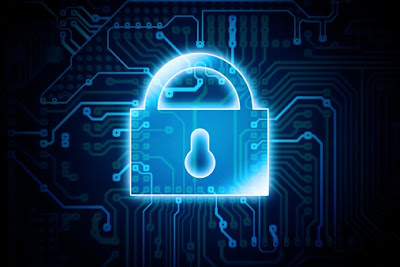Apple followed last year’s iPhone X with the iPhone Xs, iPhone Xs Max, andiPhone Xr. It also spent some time showing off the Apple Watch Series 4, its most powerful wearable yet.
iPhone Xs and Xs Max
The brand new iPhone Xs (pronounced “tennis”) looks a lot like last year's iPhone X, with some smart refinements. At 5.8 inches, the Xs is a smallish phone, but it’s all screen—the bezel is barely there. If you want even more screen, there’s also the bigger iPhone Xs Max. This one is about the same size as the old iPhone 8 Plus, measuring 6.5 inches, but with the biggest display ever in an Apple phone. Apple says both phones are encased in its most durable glass, with greater water resistance than previous models. Apple stress-tested these things in swimming pools and pints of beer, and swears they’ll survive as deep as two meters for up to 30 minutes.
Both the Xs and the Xs Max use Face ID, like the iPhone X. They come with dual-lens cameras, 4K video capabilities, and a "smart" HDR feature. Better camera software encourages all kinds of fun stuff, like adjusting depth of field after you take a shot. The phones also come with up to 512 GB of storage, which means if you want to spend the extra cash for all that storage, you can take way more photos before your iPhone annoyingly prompts you to clear up some space.
But the real news with these new iPhones is the chips. Both are powered by Apple’s new A12 bionic, the first 7-nanometer chip in a smartphone. It can process 5 trillion operations per second. In practice, that means your iPhone will feel faster, and app developers can harness the power to make all kinds of fun stuff. The Xs costs $999—same as last year's iPhone X—and the Xs Max goes for $1,099. The phones are available for pre-order at the end of this week; get them in gold, silver, or space gold.
iPhone Xr
If the new Xs and Xs Max seem too expensive or not colorful enough, Apple's got just the thing for you. The 6.1-inch iPhone Xr is between the size of an iPhone 8 and an iPhone 8 Plus, with a new LCD display that Apple calls Liquid Retina Display. The battery lasts an hour and a half longer than the iPhone 8 Plus, too. The Xr comes with lots of the bells and whistles from the iPhone X line—hello Face ID, goodbye home button—and it also has the A12 Bionic chip inside. It's not quite as powerful as the Xs or Xs Max, but it's still an upgrade from the iPhone X. Bonus: This one comes in all kinds of funky colors, like yellow, coral, and blue. It's available for pre-order next month, and goes for $749.
Apple Watch Series 4
In the few years since it launched, the Apple Watch has become one of the most important products in Apple’s arsenal—so much that Tim Cook kicked off today’s event by introducing the newest generation. The Apple Watch Series 4comes with a bigger display and a smaller bezel, which offers 30 percent more screen space to display fitness stats, sport scores, and calendar information. It has a better microphone and a speaker that Apple says is twice as loud as last year’s model, to make it easier to take phone calls, use the Walkie Talkie functionality, or bark commands at Siri. (Not so great for whomever is nearby.) The Series 4 comes in 40mm and 44mm sizes—a little bigger than last year’s 38mm and 42mm, but not much. There’s also a red circle around the crown, to differentiate from last year’s Series 3.
But it’s what’s inside the Series 4 that makes this watch different from its older siblings. A new dual core 64-bit processor, designed in-house, gives this one twice the performance speed, and a few new sensors make it possible for it to better track your health. The Apple Watch now sends notifications when your heart rate is too low, or if your heart rhythm is irregular—helping to detect and diagnose problems early on. It can also tell if you’ve taken a hard fall, which will trigger an option to make an emergency call (literally Apple’s version of “help, I’ve fallen and I can’t get up!). Most importantly, a new sensor in the Series 4 makes it possible to measure ECG, something that’s never been possible before in a consumer device. The FDA even gave it a seal of approval.
The watch starts at $399 for GPS, $499 for cellular. If that sounds like a serious chunk of change, some good news: The Series 3 gets a drop to $279.







No comments